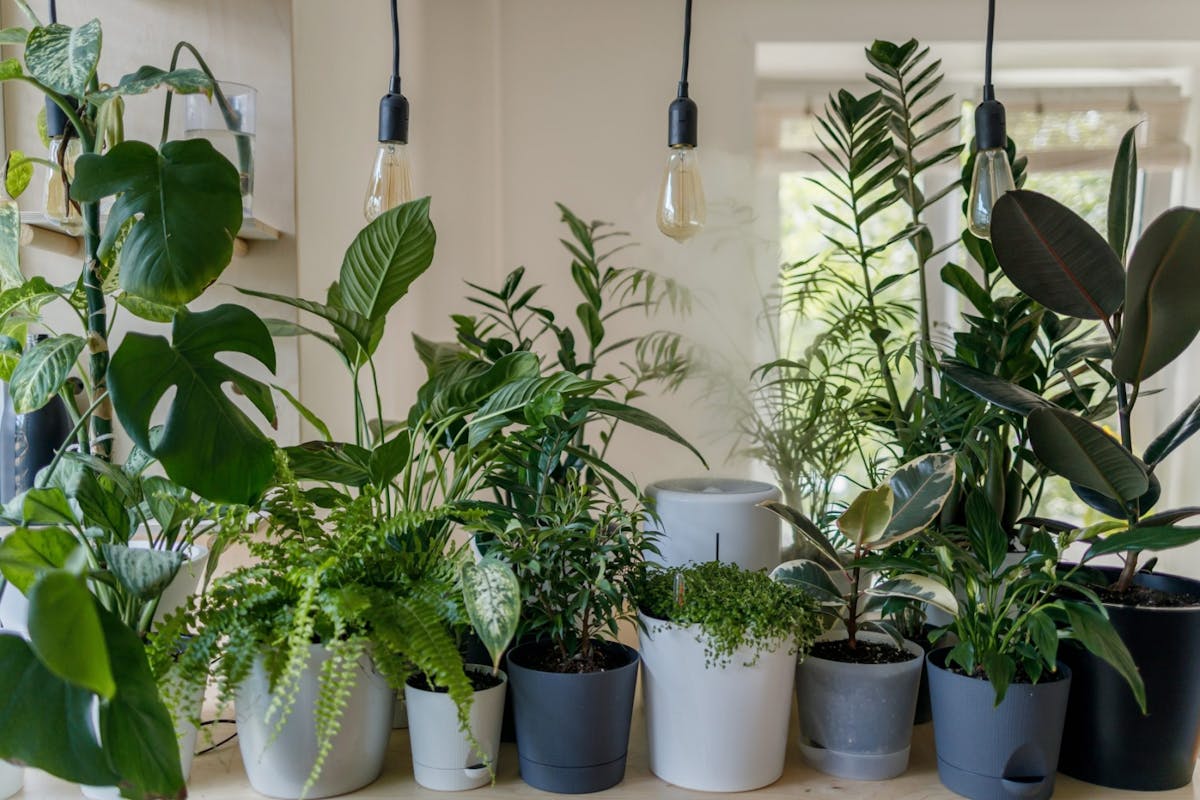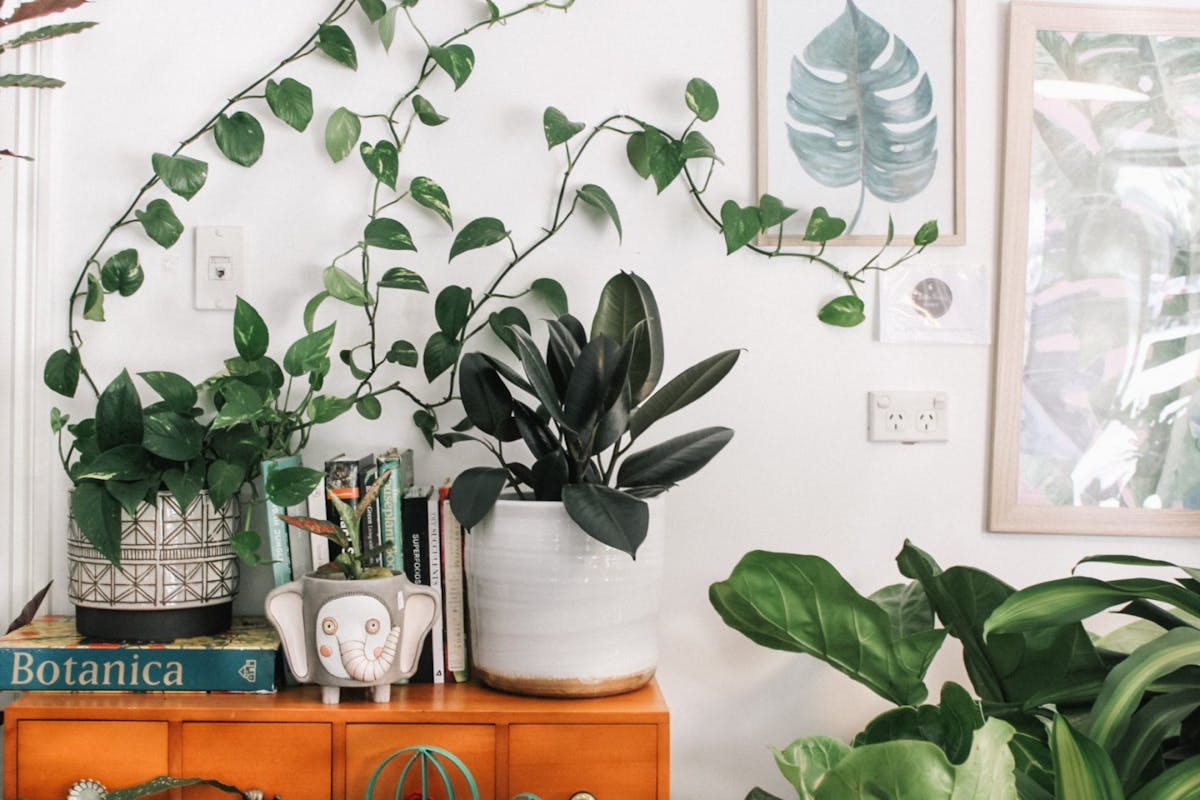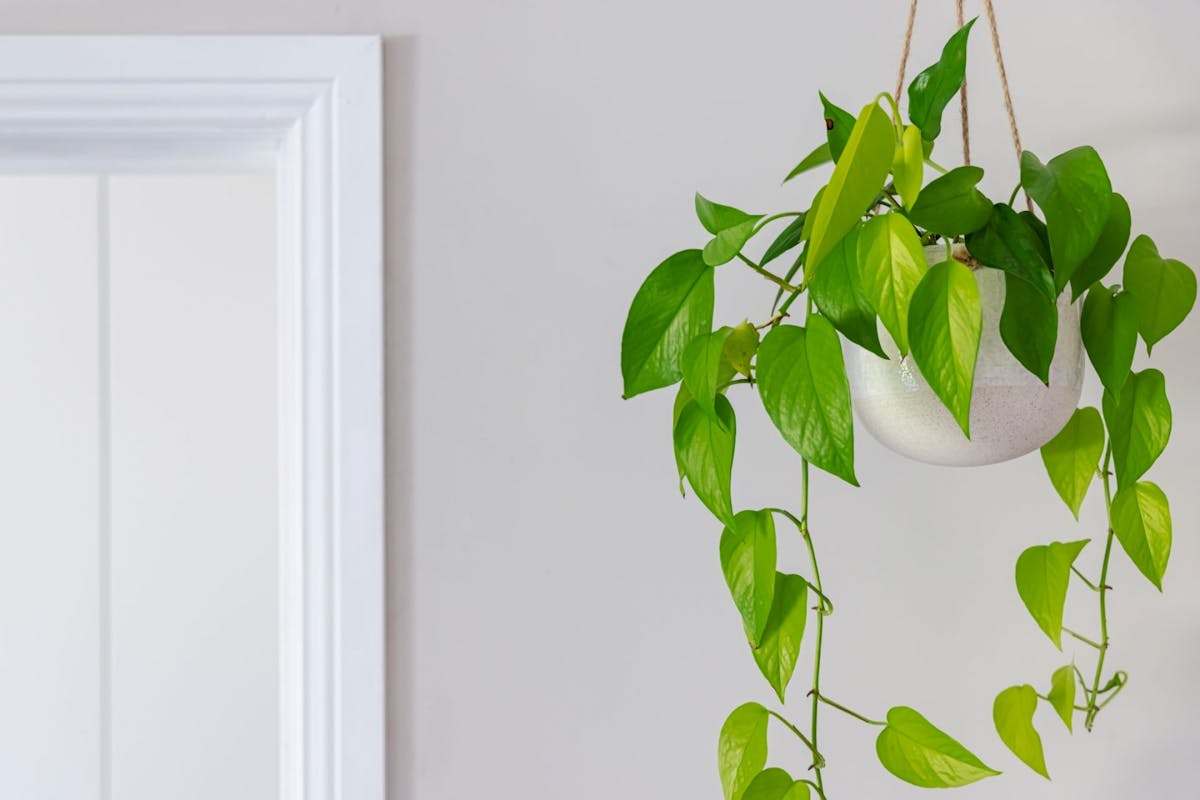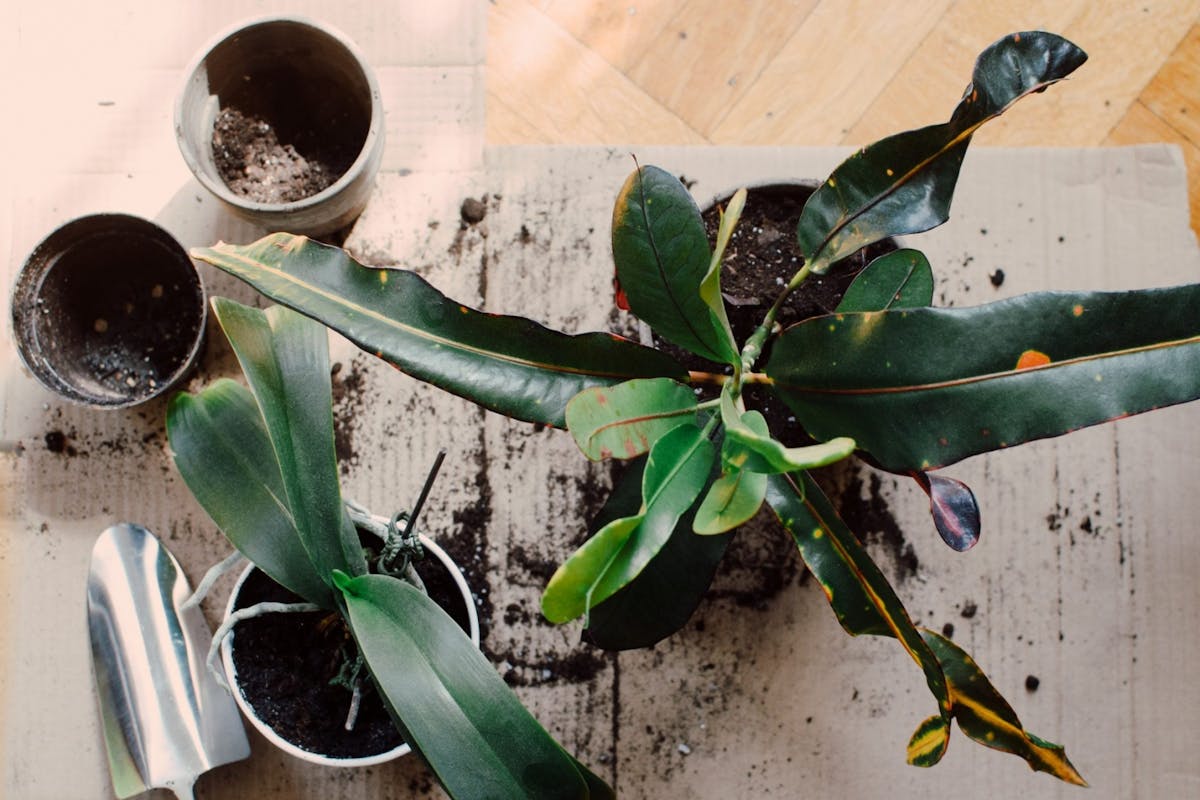Want to become a fully fledged plant parent in 2022? Here’s our guide to getting started.
First, take a deep breath and relax. Plants should be relaxing and fun. Most new plant owners think that plant care is complicated, time-consuming, or involves more luck than skill. None of this is true.
As the days go by and we move ever closer to the bright, sunny days of summer, now’s the perfect time to try your hand at plant parenthood.
With their long days and warm temperatures, the next couple of months mark the peak of growing season – making it the ideal time to add one (or twenty) new plants to your collection and watch them grow big and strong.
However, if you’ve never owned houseplants before – or have struggled to keep plants alive in the past – knowing where to start can be tricky.
That doesn’t mean getting into plants isn’t worth it – not only do they make your house look great, but looking after plants can be beneficial for your mental health – just that it takes a little time and experimentation to keep your leafy friends happy and healthy.
So whether you’re interested in buying a new plant for your desk, want to learn how to repot a plant when it outgrows its container or need some plant styling inspiration, we’ve put together this guide to all our best plant-related content to help you become a pro in no time.
HOW TO PICK THE RIGHT PLANT FOR YOU AND YOUR SPACE

Buying a plant isn't just about choosing the one you like, it's also about doing some research to ensure you can provide your plants with the environment and care they need. first.
If you are a complete novice, there are many low maintenance plants that look great and are easy to care for. There are also succulents to consider (which tend to be easy no matter what) and some low-maintenance flowering plants.
However, if you're up for a challenge, you might want to choose an unusual plant that tends to require a bit more maintenance to thrive, or a mini plant to grow from scratch.
The next thing to consider is which area of your home you want your plant to live in.
Different plants like different levels of light and humidity, so choosing the right plant for the right location is vital if you want them to stay beautiful and healthy. From table plants to hanging plants and those who prefer low light to taller plants for open spaces, there really is a plant for every type of space fits a certain aesthetic. Check out ourcollections for the one that suits your needs best.. And if you want to design your own Succulent Bowl you can check out our DIY Succulent Bowl kit.
Last but not least, if you want to give a plant to a friend or family member, choosing a meaningful plant is a nice touch.
WHERE TO GET YOUR PLANTS FROM

There are a few options open to you, depending on how much patience you have. Firstly, there is propagation. You can take cuttings from friends or plants growing in public and grow your own this way. We love this method because its free and it has the least impact on the environment with the lowest carbon footprint.
Propagation does take time though, so if you're too impatient and need that plant paradise now, then buying is your best bet. We have a whole range of plants available right here and can even ship them directly to you at home.
HOW TO DISPLAY YOUR PLANTS

Once you've bought your plants, it's time to start thinking about how you're going to display them in your home. After all, one of the main attractions of houseplants is their ability to brighten up a room, and when paired with the right pot, they look pretty special.
Speaking of pots, there are many different types to choose from, both in terms of look but also functionality. Check out our range of raised planters (pots on legs), quirky pots and hanging pots to get inspired and get started.
In addition to pots, there are other, more unique ways to incorporate plants into your house. Terrariums are a beautiful stand alone way to bring some greenery into a room (and you can buy them pre-made) or you can try making your own garden.
Other creative ways to display your plants include making your own frame out of succulents or putting together a bouquet to create a living wall.
TAKING CARE OF YOUR PLANTS

The final (and most important) step in plant ownership is actually keeping your plants alive. Depending on the type of plant you’ve picked, you’ll want to make sure it’s getting enough light and water – and be able to recognise when you’ve overwatered it, too. Plant care requires consistency, a basic understanding of your plant's specific needs, and patience. On top of this, you’ll need to adjust your plant’s care routine depending on the time of year and the temperature of your home and know how to repot it when your plant has finally outgrown its pot.
To help you manage this are four final tips to help you become the most confident and natural plant parent around!
Tip 1: Know your plant
Every plant is different. With time and experience, you will begin to recognize each plant's needs.
Some plant varieties require very little attention and don't need to be pampered. Just let them be and enjoy the positive impact they have in your home.
Other potted plants need a little more care. Certain plants, like tropical houseplants, need regular misting to increase their humidity, some plants are sensitive to salts and common chemicals in tap water, and others need moisture from your soil to do this. Read the care chart that came with your plant or take a look at our Green Guides to see if theres ones for your plant.
Tip 2 : Don't overwater your plant
The most important thing to remember is don't overwater your plant. As you read the care card information for your specific plant, pay close attention to the watering instructions.
One of the most common mistakes we see with new plant parents is giving them too much water. A good rule of thumb for most plants is to water when the soil is 50% dry (use your finger to test the soil). Plants don't like sitting in wet soil, so be sure to pour excess water out of the saucer after watering.
Tip 3: Choose the right location
Selecting the right location for your houseplants starts with choosing the right plant for the available light.
Some of the best houseplants, like bamboo palm, monstera or philodendron heartleaf, are relatively easy to care for and can adapt and thrive in a wide range of lighting conditions, from low to bright indirect light.
Other plants like hedgehog aloe need bright light for much of the day to thrive. Some can adapt and even prefer darker areas in low light. If you need help determining what type of light you have and what plants work well for that space, speak to our team and we can help you choose the best plants for your space!
Tip 4: Be patient
Some plants need time to adjust to their new environment. If some leaves fall off in the first few weeks, don't panic!
This is most likely perfectly normal and just a sign that your plant is adjusting to its new home. If you're concerned, don't hesitate to send us a photo and we'll notify you if it's something more serious.


